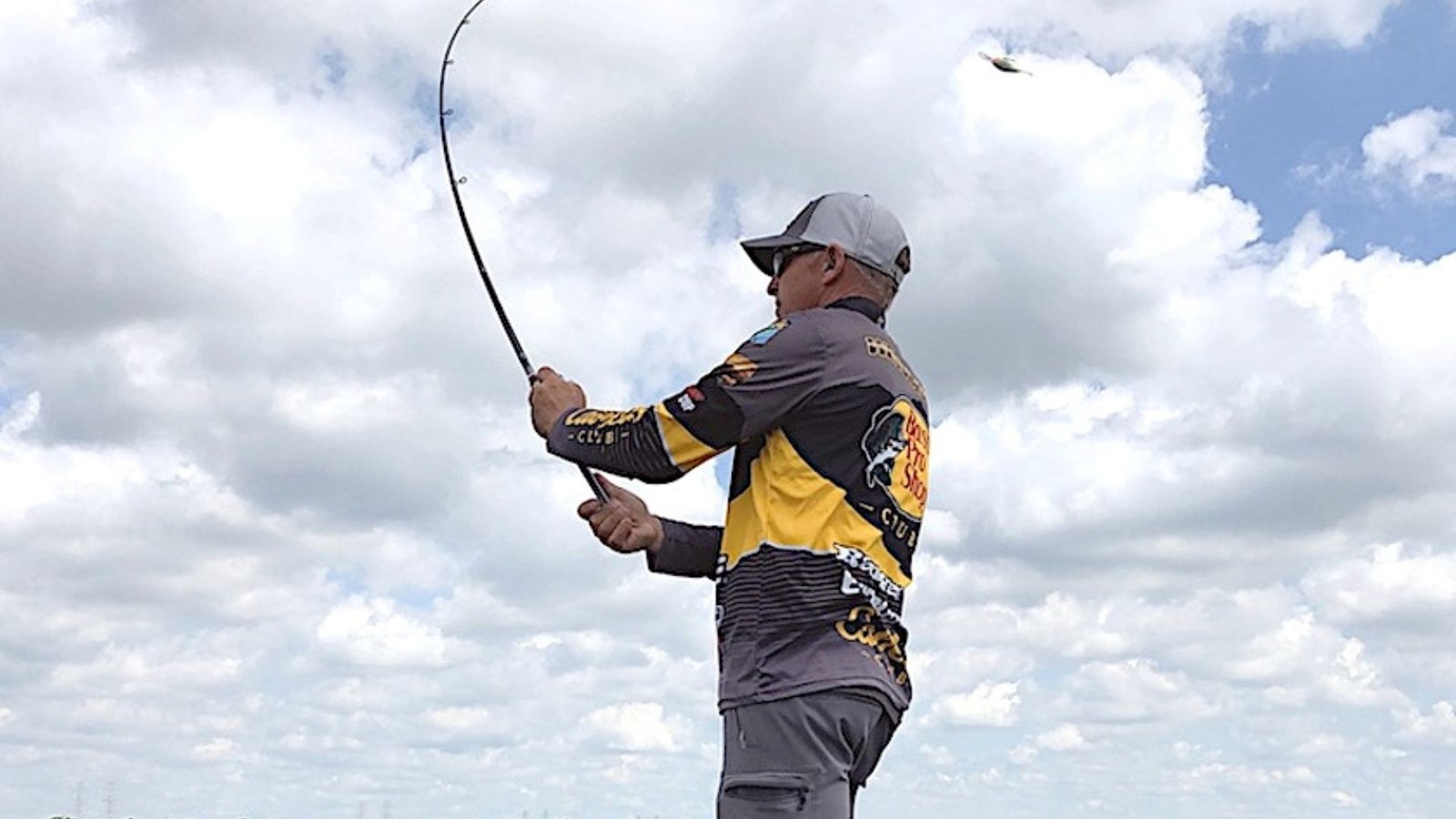Selecting a salmon fly rod requires careful consideration of various factors, including rod length, weight, action, and materials used. Each element plays a crucial role in determining how well the rod performs in different fishing conditions.

Strategies for Choosing the Right Salmon Fly Rod
Understanding Rod Specifications
- Rod Length: Longer rods are typically cast farther and provide better line control in larger rivers. Shorter rods offer more precision and control in smaller streams.
- Rod Weight: Rod weight correlates with the size of the fish you intend to catch. Heavier rods handle larger fish and heavier lines, while lighter rods are suitable for smaller fish and delicate presentations.
- Rod Action: Action refers to how much the rod bends when casting and fighting fish. Fast action rods bend primarily at the tip, providing greater casting distance and power. Medium and slow action rods bend progressively along their length, offering better accuracy and control.
Considering Fishing Conditions
- River Size: Choose a rod length that matches the size of the river you’ll be fishing in. Longer rods (9-10 feet) are ideal for larger rivers, while shorter rods (7-8 feet) are suitable for smaller streams.
- Water Depth: For deeper water, opt for a rod with sufficient backbone to handle sinking lines and heavy flies without strain.
- Casting Distance: Determine the casting distance needed based on river width and fishing spots. Longer rods facilitate longer casts, while shorter rods excel in tight spaces.
Rod Material and Construction
- Graphite: Lightweight and sensitive, graphite rods are versatile and ideal for most salmon fishing scenarios.
- Fiberglass: Offers durability and flexibility, making it suitable for beginners or anglers fishing in rough conditions.
- Bamboo: Traditional and aesthetically pleasing, bamboo rods provide a slower action and are favored for their craftsmanship.
Matching Rod to Fly Type
- Streamer Flies: Use a rod with fast action and a strong backbone for casting larger, weighted flies.
- Dry Flies: Opt for a rod with medium to slow action for delicate presentations and accurate casting.
- Nymphs: Choose a rod with medium action to detect subtle strikes and control drifts effectively.
Testing and Evaluating Rods
- Hands-On Experience: Visit local fishing shops or attend fishing expos to handle different rods and get a feel for their balance and weight.
- Reviews and Recommendations: Research online reviews and seek advice from experienced anglers to gather insights into rod performance and durability.
Conclusion
Choosing the right salmon fly rod involves assessing various factors such as rod length, weight, action, and construction materials. By understanding how these elements impact rod performance in different fishing conditions and matching the rod to your preferred fly types, you can enhance your fishing experience and improve your chances of landing that prized salmon. Invest time in research, test different rods, and consider seeking advice from experts to ensure you select a rod that meets your fishing needs and preferences.



